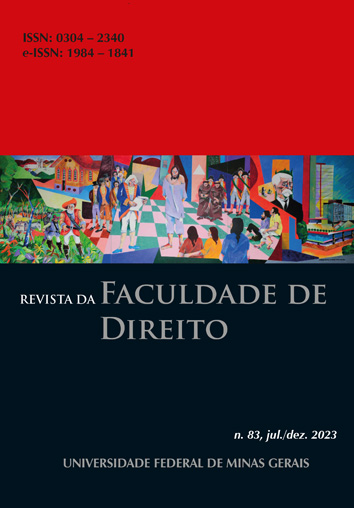O SISTEMA DE ASILO DA UNIÃO EUROPEIA E AS CRIANÇAS DESACOMPANHADAS: ENTRE A PROTEÇÃO E O CONTROLE MIGRATÓRIO - DOI: 10.12818/P.0304-2340.2023v83p17
DOI:
https://doi.org/10.12818/P.0304-2340.2023v83p17Abstract
This article aims to analyze the policies
adopted by the European Union asylum
system and how they apply to the protection
of unaccompanied children who are forcibly
migrating from a third country to the
European Union, given their vulnerability
to the risks they face. To achieve this, the
deductive approach method and bibliographic
research technique were employed, using
theoretical frameworks such as Bhabha
and Jubilut, as well as documentary sources
provided by the European Union on its
official websites. Firstly, the article will
address the current context of child migration
from third countries to the European Union,
specifically focusing on unaccompanied
children. Subsequently, the migratory policies
of the Common European Asylum System will
be discussed, with emphasis on the Dublin
III Regulation, which establishes rules for
determining the Member State responsible for
processing asylum applications. Furthermore,
the functioning of the common asylum system
will be analyzed from the perspective of
protecting unaccompanied children. Finally,
it is concluded that notwithstanding the
migration policy of the European Union
being grounded on human rights principles, it establishes a protection system that is used as
an instrument of migration control.



